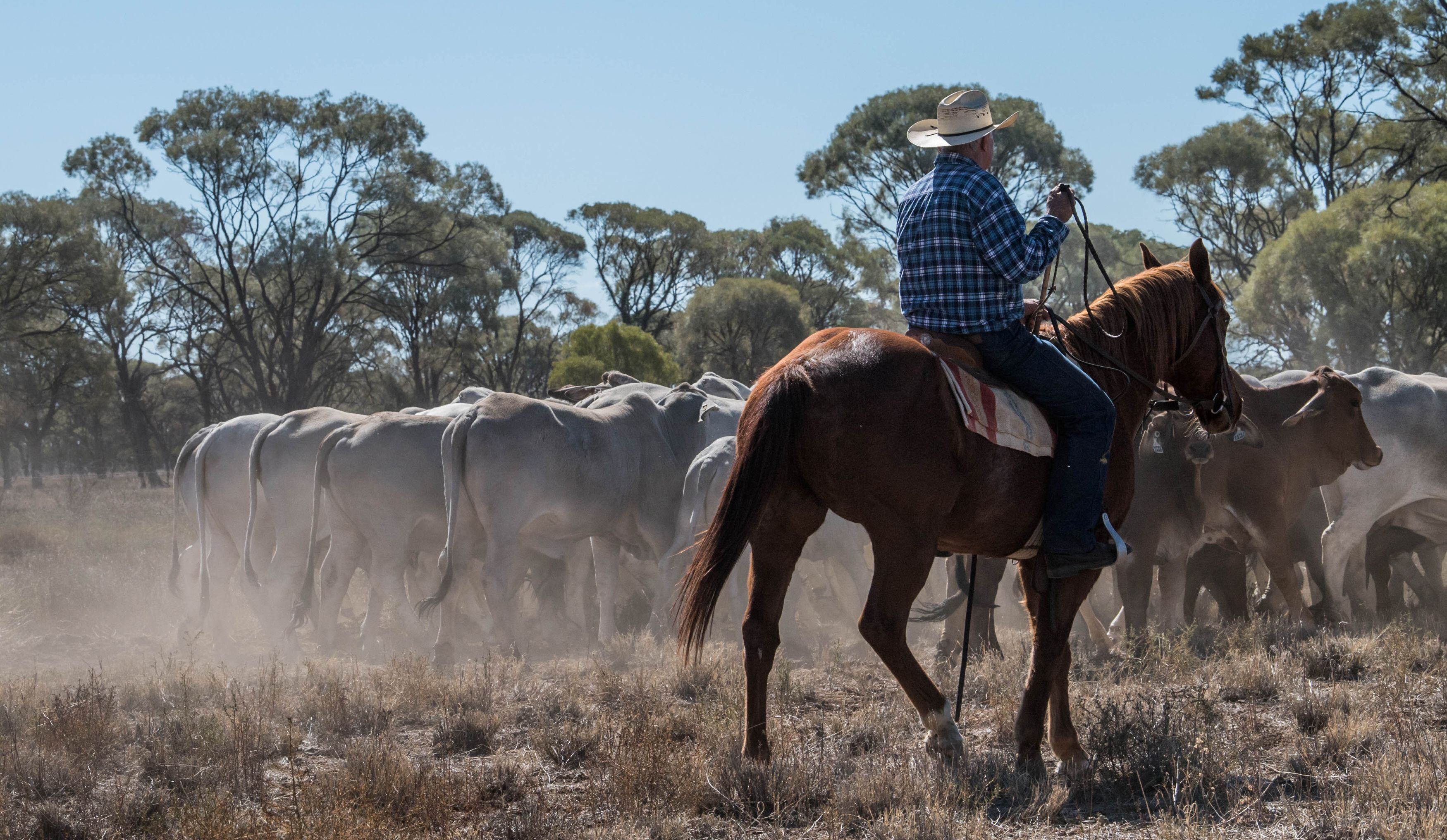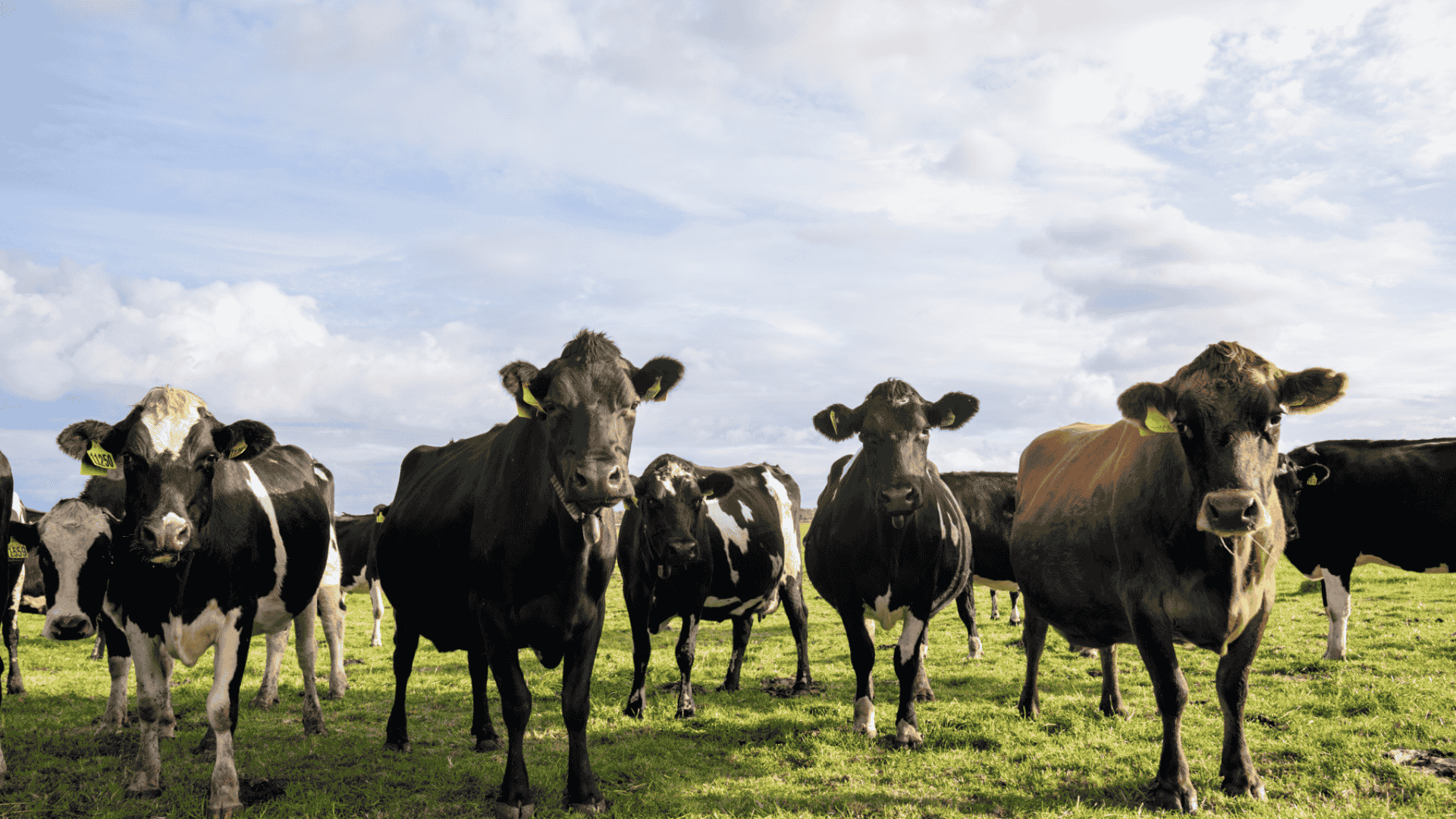APlus News Radio Reports
Stay up to date with the latest livestock trends AuctionsPlus brings you the latest insights from Australia’s livestock markets, direct to the...

Trump has only been in office for 18 days and he's already opened with a level of chaos. On an agriculture front the tariffs imposed on Canada, Mexico and China have sent waves throughout the beef industry.
The tariffs are as follows - Mexico and Canada a 25% tariff on all imported goods and a 10% tariff on all Chinese imports from Tuesday, February 4. However, in the 11th hour, there was a negotiated pause of the tariffs for one month.
What does the above mean for Australian farmers and the Australian beef industry? In 2024 Australia has been the number one importer of beef into America, making up 23% of beef imports, followed by Canada at 22%, Brazil at 16% and Mexico at 13%.
On the face of it, if the US decides to impose a further 25% tariff onto their number two and four beef importers, there could be opportunity for Australia to pick up the slack. However, can Australian even supply this number? I don't think so. What's more is if imposed, these tariffs would cause beef prices in the US to rise astronomically.

After opening strong, there has been plenty of hot weather across Australia, and this has brought numbers on offer. January 2025 has been the largest January offering in 10 years, with 286,000 cattle offered on AuctionsPlus and in saleyards - I think this volume will have an overall negative impact in the short term over the next 30-40 days on restocker markets.
On a female front, the number of heifers offered across Australia has hit a 25-year high. While a high number of heifers on offer is following the past five-year trend, heifers made up 30% of the offering at saleyards across Australia in 2024, and 2025 has opened at 31%.
After the 2023 livestock market collapse, 2024 has been the year much of the beef industry needed to add some level of confidence. The area's of Southeast QLD, Northern and Central NSW, saw increased rainfalls compared to 2023, of more than 100mm-200mm, leading to buying sprees of calves from Victoria and South Australia who were in significant dry periods.
On the indicator front, the MLA Eastern Young Cattle Indicator had the most stable year since 2014. The range between the minimum and maximum EYCI for 2024 was 78c, compared to the range during the cattle market crash of 2023 which was 420c. Even during 2021, there was a 280c range when the market rose significantly out of the 2016-2019 drought.
This stability is a reflection of a cautious trading environment, coupled with a relatively solid season for a large portion of Australian beef producers.

The mutton market continues to remain volatile throughout 2025, the indicator close off on Thursday, February 6 at 372c, 22c up on the previous week.
A glutton of mutton is on the market and appears to being lapped up by processors. October and November 2024, experienced mutton exports take over lamb exports in tonnes, for the first time in 2024 - clearly indicating at the retail end consumers being price cautious and looking for cheaper proteins.
Reviewing NLRS numbers - In January 2025 there were 1.98 million head sold, which was the largest number of head sold for the month of January since 2020. Further to this, 2024 as a year had the greatest volume of mutton sold since 2019.
While sheep meat exports remain strong, hot dry weather will draw more numbers out and is set to test the market in the coming weeks.

A weaking Australian dollar is driving the Australian wool market in a positive direction. Across the first four weeks of 2025, the wool market has risen from 1,154c to close off on Friday February 7, at 1,215c - a 5% rise. Trade talk shows that all sectors were active - India, China and Europe competing on Australian wool.
Source: USDA, MLA, NLRS, AWEX

Stay up to date with the latest livestock trends AuctionsPlus brings you the latest insights from Australia’s livestock markets, direct to the...

Victoria and NSW have both green-lighted virtual fencing technology for cattle this week. Farmers adopting this technology, which uses collars with...
.png)
Meat & Livestock Australia (MLA) has released its Top 10 trends of 2025 report - with productivity gains, global demand and weather shifts dominating...